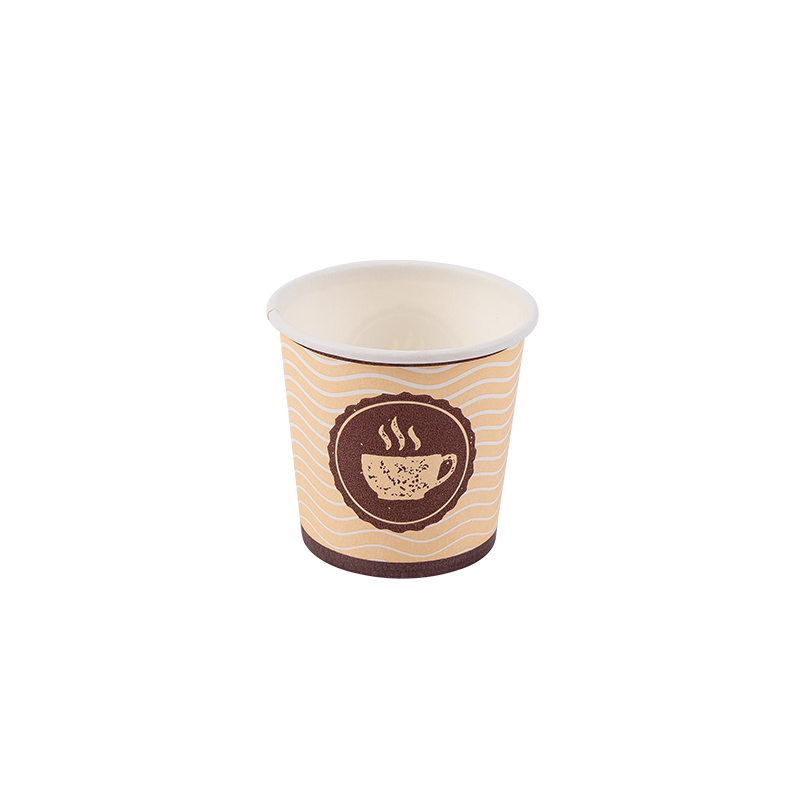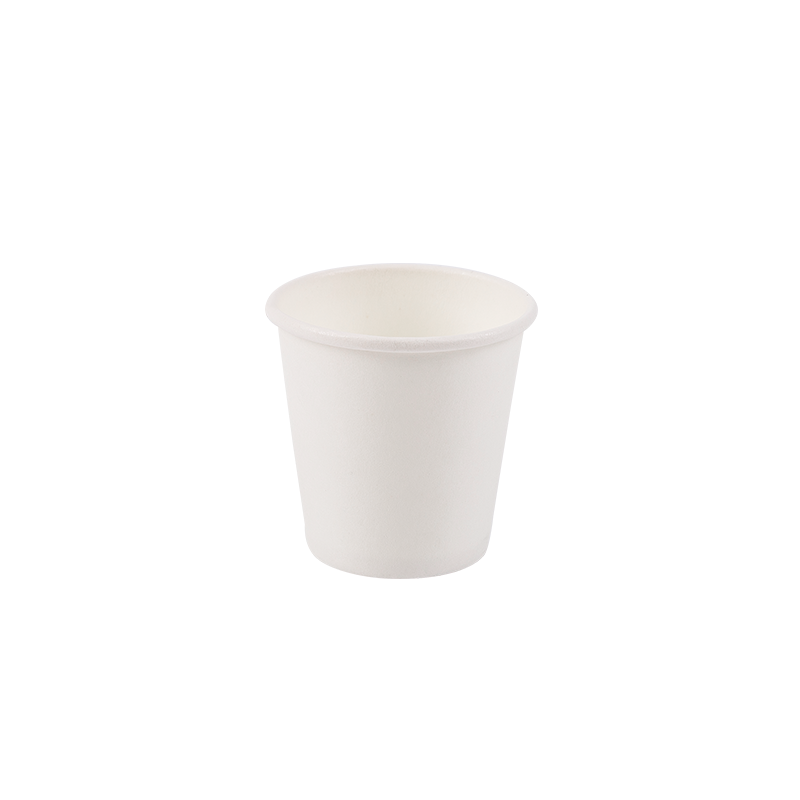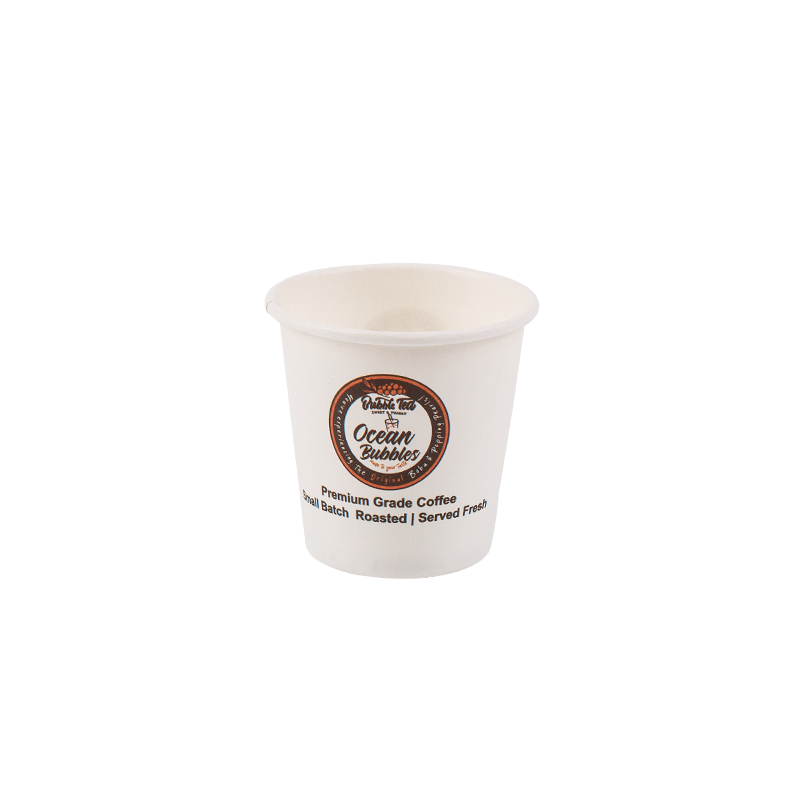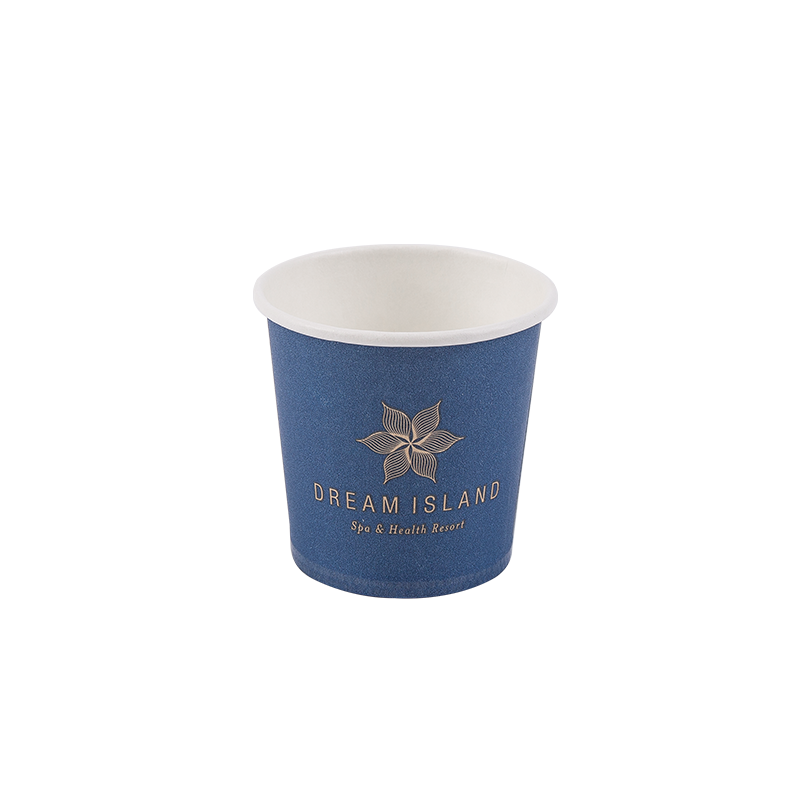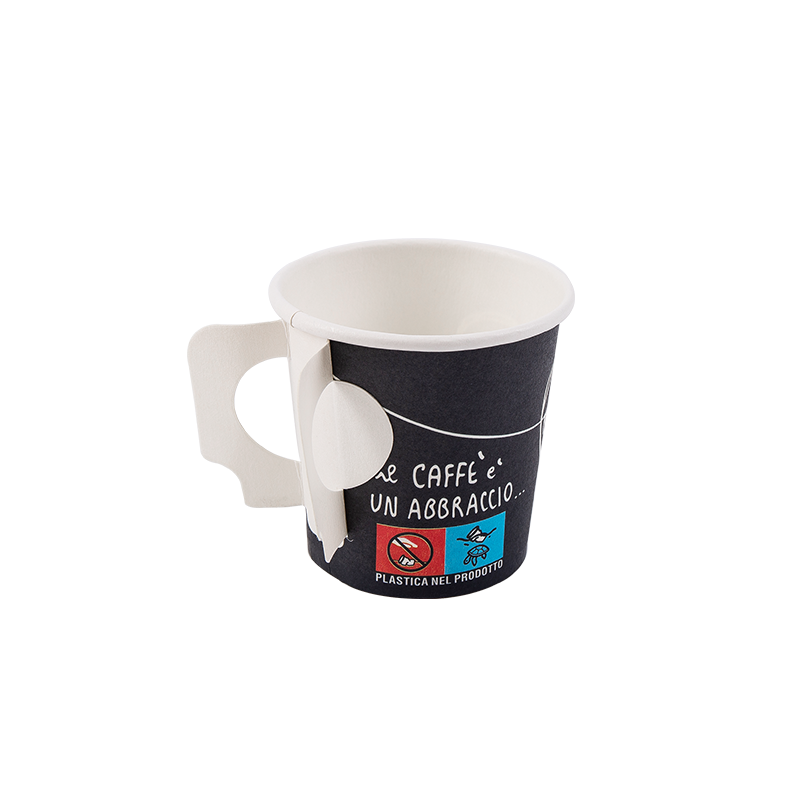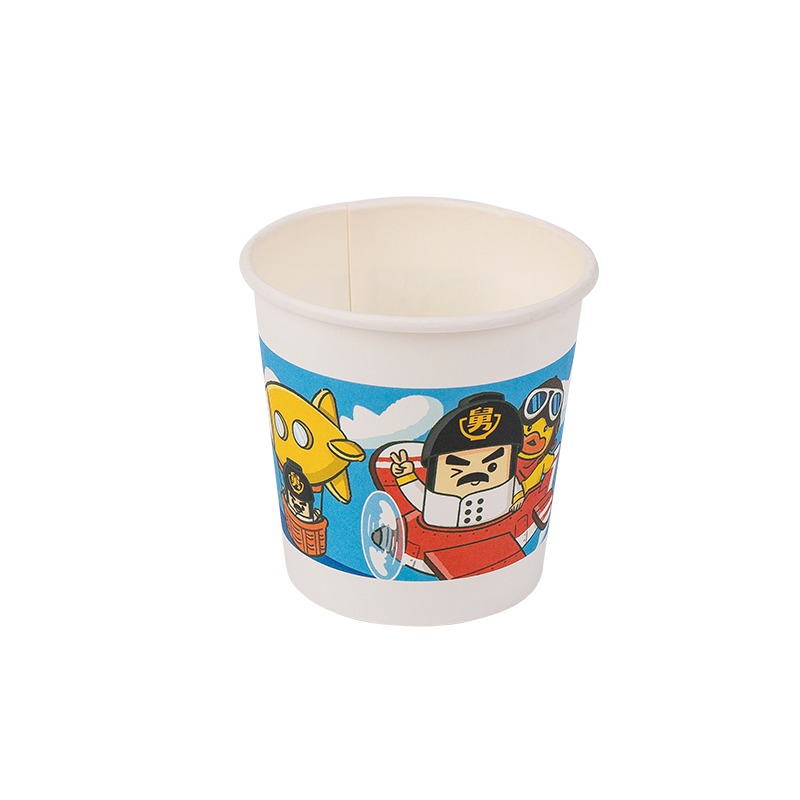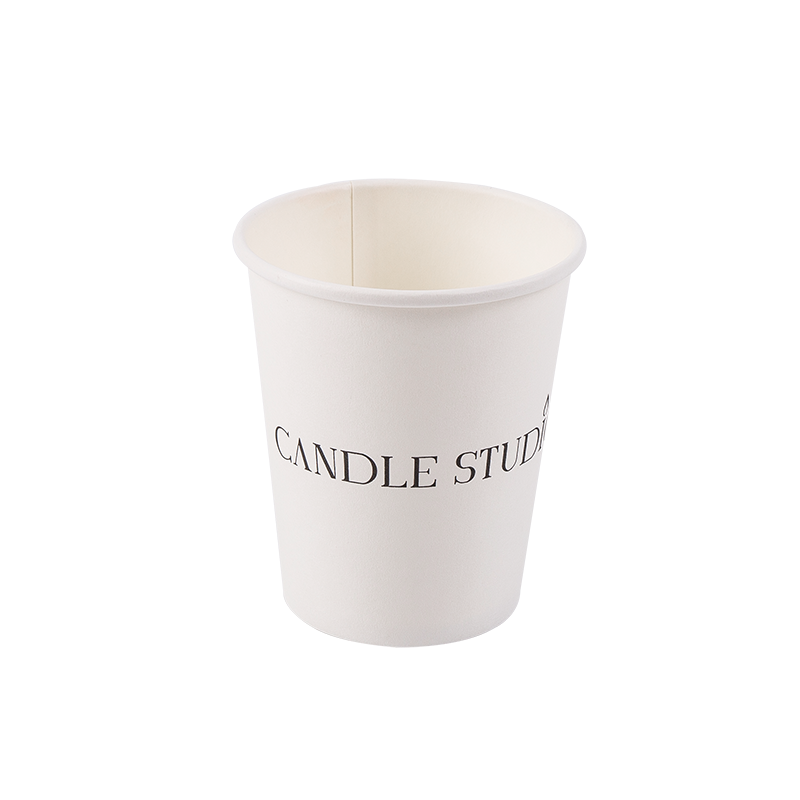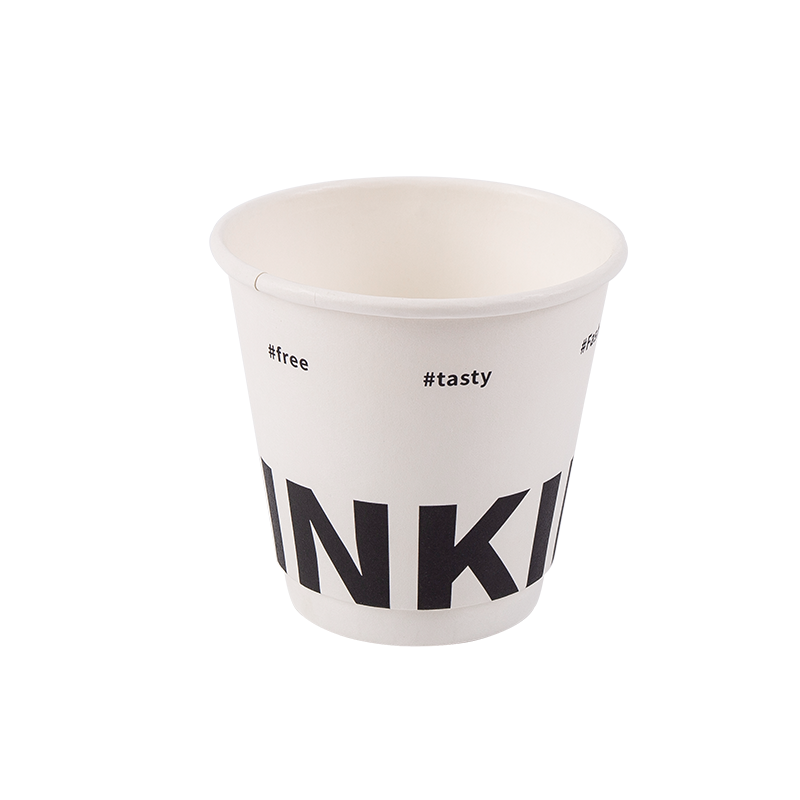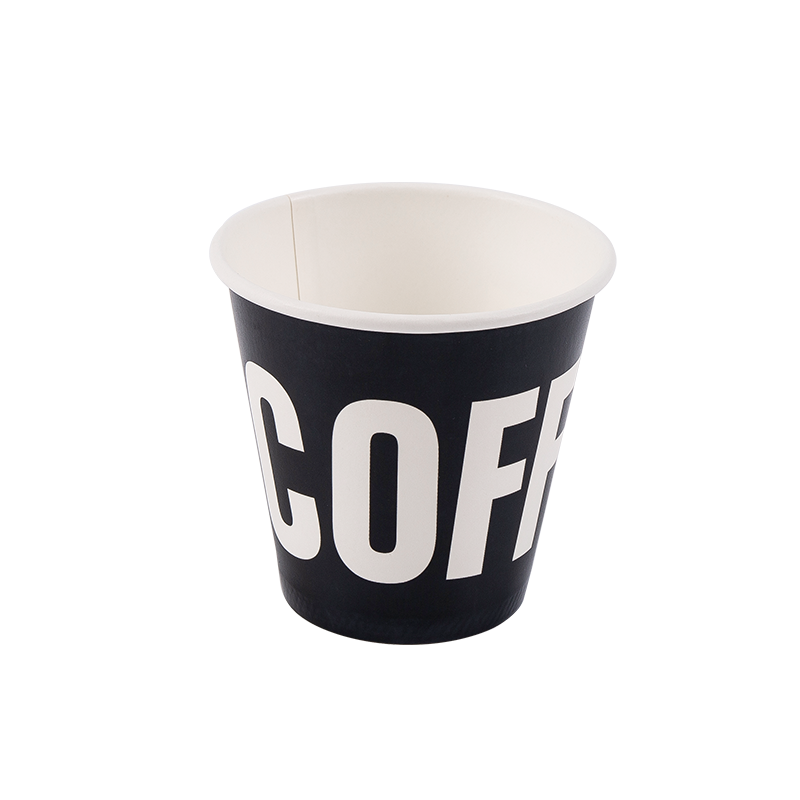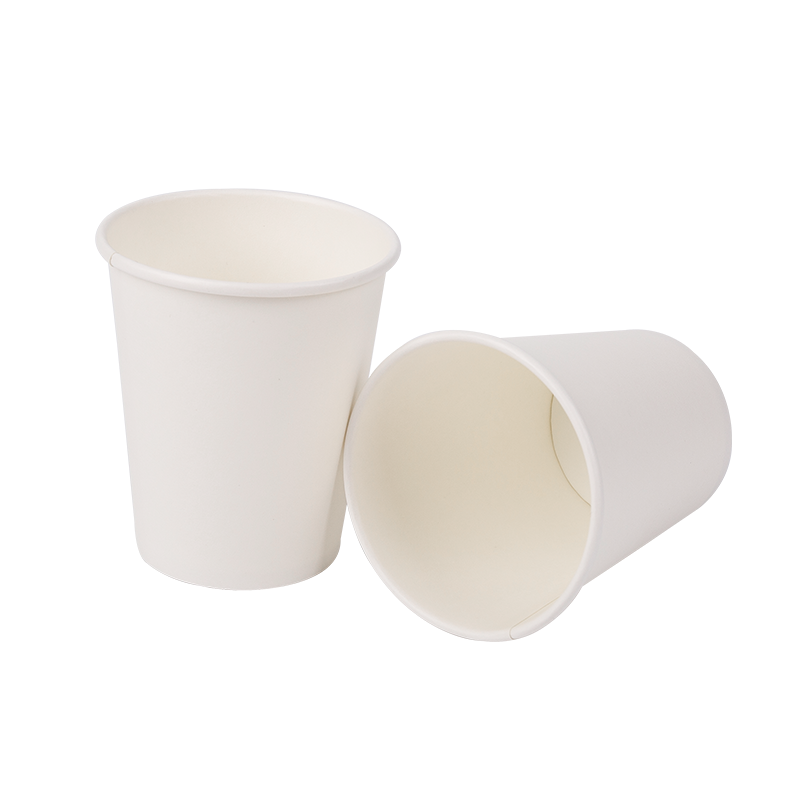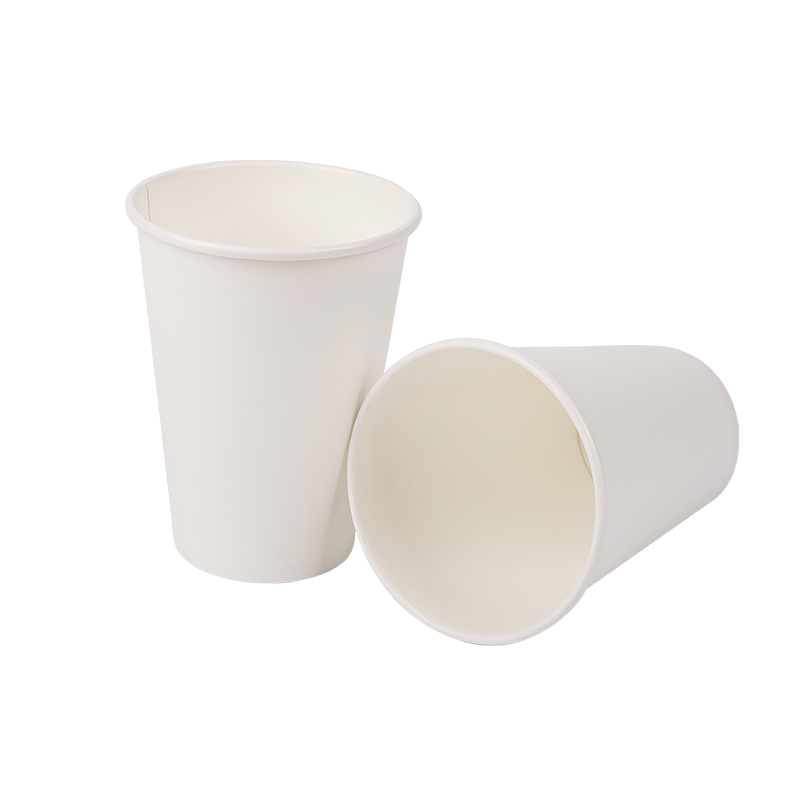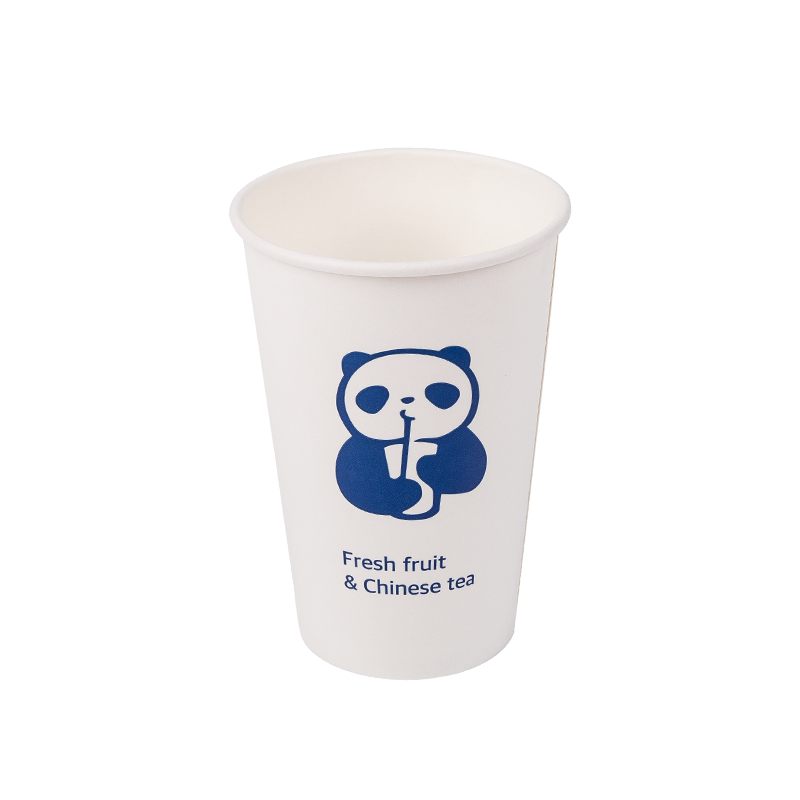Disposable plastic cups have become an indispensable part of modern life, from the fast-paced environment of coffee shops to the large-scale logistics of events and parties. While their convenience is undeniable, a closer look reveals a complex world of different materials, diverse applications, and significant environmental considerations. Understanding these factors is key for both businesses seeking the right product and consumers aiming to make more informed choices.
The Anatomy of the Cup: A Look at the Materials
Not all disposable plastic cups are created equal. They are typically made from various polymers, each with distinct properties that dictate their best use.
-
PET (Polyethylene Terephthalate): This is the clear, rigid plastic commonly used for cold beverages like smoothies, iced coffee, and soda. PET is prized for its excellent clarity, which makes the drink visually appealing, and its shatterproof nature. While many PET cups are recyclable, their ultimate fate depends on local recycling infrastructure and whether they are free of food residue.
-
PP (Polypropylene): Known for its flexibility and durability, PP is often found in translucent or opaque forms. This versatile plastic can handle a wider range of temperatures, making it a good choice for both hot and cold liquids. PP cups are often used in casual dining settings and are generally considered microwave-safe, which adds to their utility.
-
PS (Polystyrene): The classic foam cup is made from expanded polystyrene (EPS). Its primary advantage is superior insulation, which keeps hot beverages hot and cold ones cold for a longer period. However, polystyrene is one of the most challenging plastics to recycle, and its use is being phased out in many cities and countries due to environmental concerns.
-
PLA (Polylactic Acid): This is a plant-based plastic derived from renewable resources like cornstarch or sugarcane. PLA cups are designed to be commercially compostable, offering a promising eco-friendly alternative. They look and feel similar to PET, but their decomposition requires specific conditions found only in industrial composting facilities.
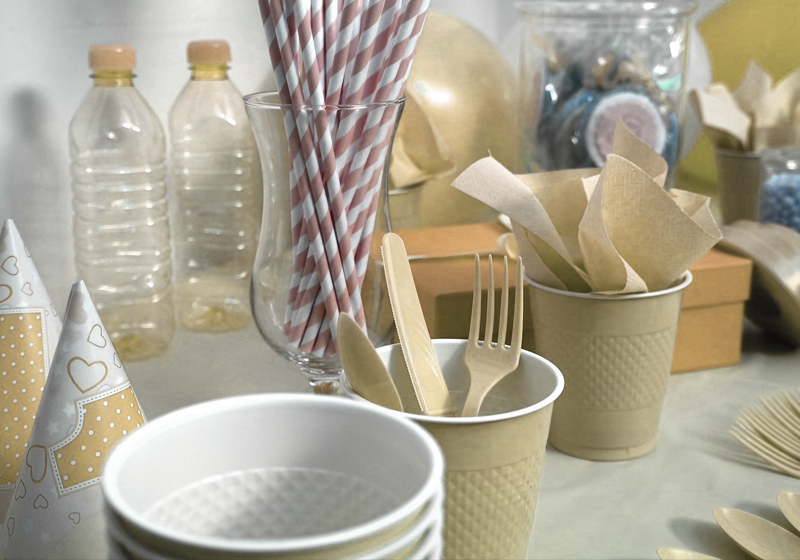
Why the Convenience Factor is King
The primary driver behind the widespread adoption of disposable plastic cups is their sheer convenience. For businesses, they eliminate the need for washing dishes, which significantly cuts down on labor costs, water usage, and energy consumption. Their lightweight and stackable design also simplifies storage and transportation. For consumers, they offer a hygienic, portable solution that allows for "on-the-go" consumption, a hallmark of modern life.
The Environmental Challenge and the Future of the Cup
Despite their practicality, the environmental impact of disposable plastic cups is a serious global concern. The majority of these cups are used just once and then discarded, contributing to landfill waste and plastic pollution in our ecosystems. Even with recycling programs, the actual recycling rate for single-use items like cups remains low due to issues with proper sorting and the economics of processing.
The future of the disposable plastic cup is likely to be shaped by innovation and a shift toward a more circular economy. We are already seeing a rise in sustainable alternatives like plant-based plastics and more efficient recycling technologies. The ultimate goal is to move away from a linear "take-make-dispose" model and embrace systems where cups can be either commercially composted or collected and processed for genuine reuse. This change requires not only technological advancement but also a significant shift in consumer behavior and industry practices.










 English
English русский
русский Español
Español 中文简体
中文简体